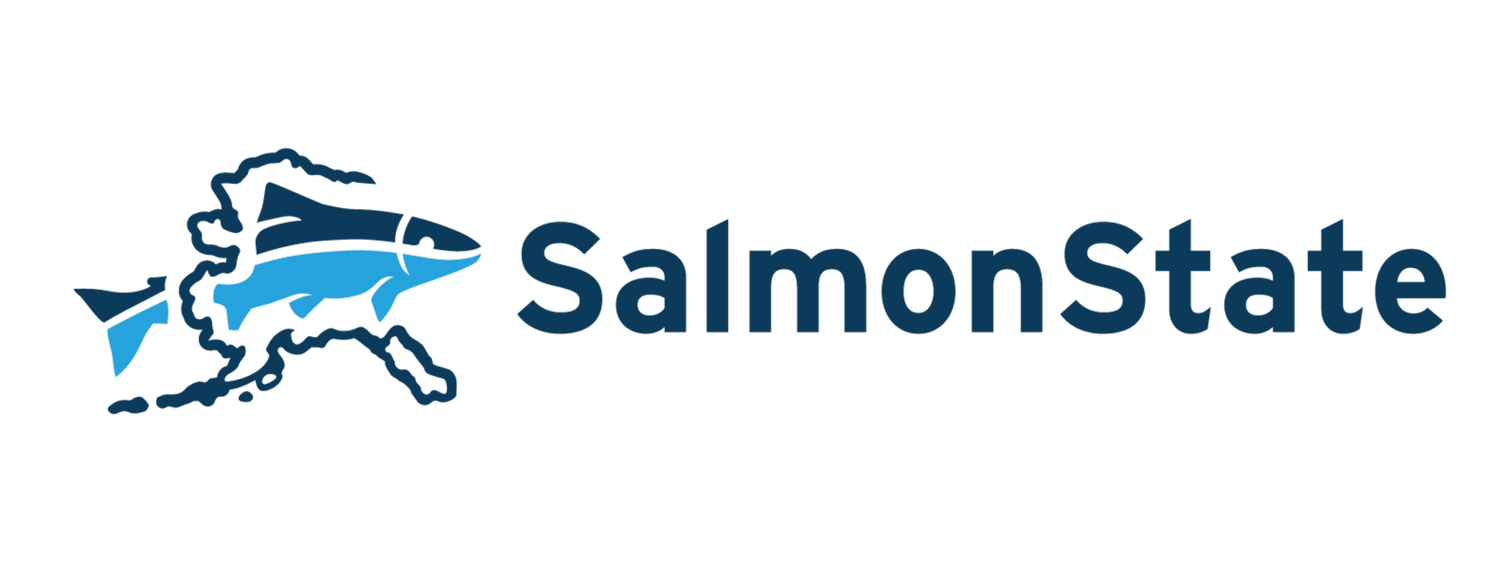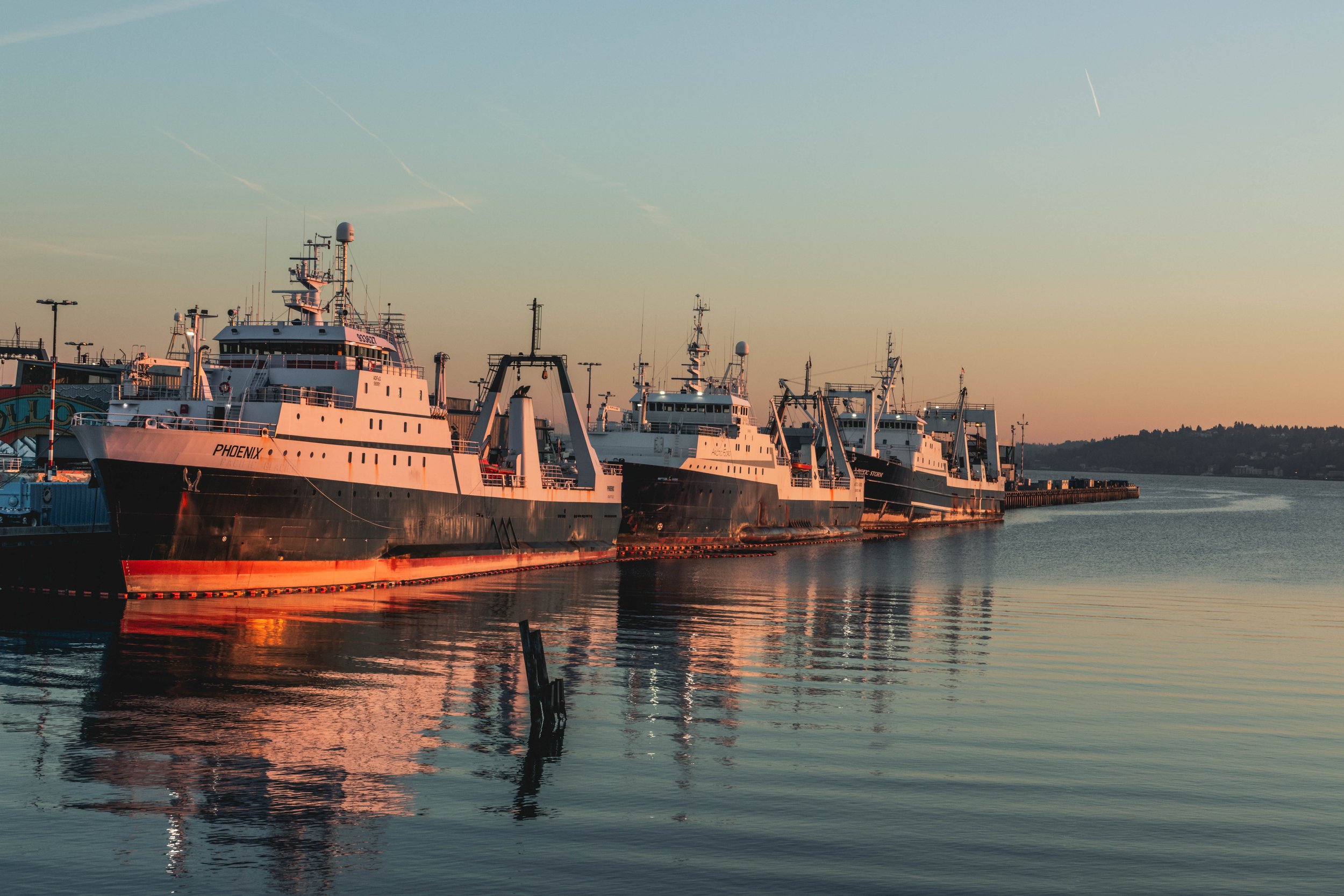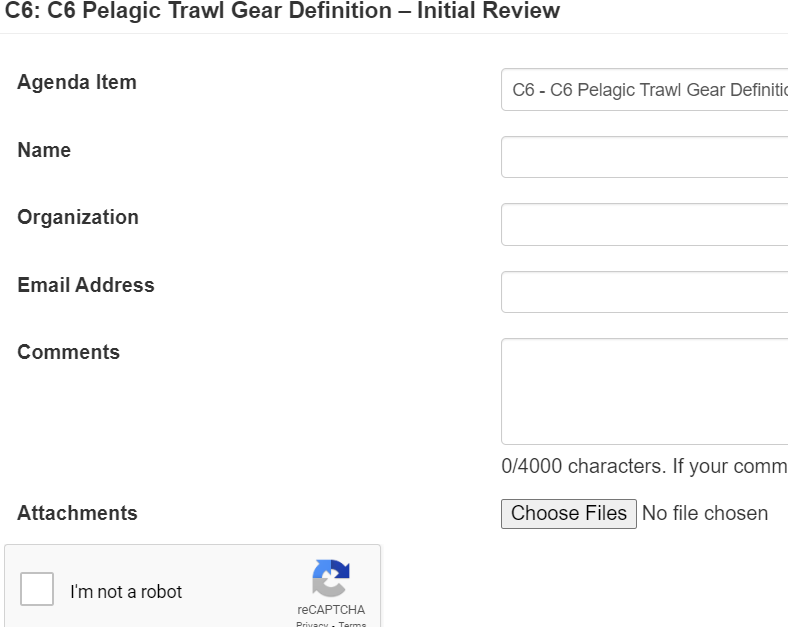October 2024 NPFMC Toolkit
What is the North Pacific Fishery Management Council (NPFMC)?
The North Pacific Fishery Management Council is one of eight regional councils established by the Magnuson-Stevens Fishery Conservation and Management Act in 1976 to manage fisheries in the 200-mile Exclusive Economic Zone, 3 miles off the coast of Alaska.
The intent of the Magnuson-Stevens Act (MSA) is to prevent overfishing, rebuild overfished stocks, increase long-term economic and social benefits of fisheries, and ensure a safe and sustainable seafood supply.
The council manages:
trawling, longline, jig, pot and dredge fishermen;
catcher vessels and catcher-processors in the industry
and groundfish, Bering Sea and Aleutian Islands crab, scallops, salmon bycatch, and halibut.
The council has been outlined by the MSA to:
Set harvest quotas
Set prohibited species catch limits
Set gear/season area restrictions
Design ecosystem and habitat protections
Develop community protections
Construct monitoring programs
Create limited entry access privileges
The council ultimately makes recommendations to the secretary of commerce to approve fishery management plans and is required to balance conservation, economic, and social concerns for managing sustainable fisheries to the greatest benefit for the nation. And they need to hear from you in order to make informed decisions on how decisions impact Tribal governments and citizens in Alaska.
What are they talking about at this meeting?
A major issue at the upcoming NPFMC meeting is the definition of ‘pelagic’ or ‘midwater’ trawling. The dictionary definition of “pelagic” is “of, relating to, or living or occurring in the open sea,” and NMFS describes “pelagic fish” as those that “inhabit the water column (not near the bottom or the shore) of coasts, open oceans, and lake.” However, in reality these huge "pelagic" trawl nets get so large and full while fishing that they hit the bottom of the ocean and crush marine habitats and crabs. This not only kills marine life and thousand year old coral, but also releases carbon dioxide and alters the ecosystem. The council needs to update the definition to clarify that continuously hitting the bottom of the ocean is a bottom trawler.
How can I take action on this?
Provide your own written comments:
Visit: The NPFMC Meeting Page.
Scroll until you see the box pictured below:
then click “agenda”
Scroll down to Agenda item C6, as pictured below:
Then click “comment now” and fill in the information in the box that pops up, as pictured below. You can also submit pictures and other files with your written comments, to tell more of a story.
Sign up for oral testimony:
Visit: The NPFMC Meeting Page.
Scroll until you see the box pictured below:
Click testimony sign up and fill in the information as pictured below.
Tips for testimony
When you sign up, you will not be given a time slot for when you are going to testify. It is recommended that you listen online to gauge when public testimony will be taken on the agenda item. It most likely will be on Saturday, October 5th or Sunday, October 6th. You can view the draft times here. You can also view the testimony sign-ups once the public testimony session is closed. When the council is done discussing the agenda item, they will close the sign-ups for that agenda item, it is recommended that you sign up as soon as possible. If you have any questions, you can email npfmc.admin@noaa.gov with any questions and they will get answered quickly. You can also email them with any timing concerns if you may have a conflict arise once public testimony starts.
How much time are individuals given to speak?
Individuals have 3 minutes to speak and organizations have 6 minutes. The council members may also ask questions and you can speak longer to respond, but you do not have to answer and you can select the box that you do not want to take questions.
Key points:
Recent history of “pelagic” definition in the NPFMC
The definition of pelagic trawl gear was developed in 1991, and amended in 1993. The definition discourages bottom contact while fishing but does not prohibit bottom contact. The definition has not been updated since 1993.
A report in front of the NPFMC in April 2022 indicated that “pelagic” trawl gear made contact between 40% and 100% of the time it was deployed.
In February 2024, the NPFMC took an initial look at potential changes to the “pelagic trawl gear definition.” The Council motion at that meeting proposed that the definition exclude certain parts of gear, but does not address the ocean floor contact of the gear.
Key Points for commenting on C6 “pelagic trawl gear definition - initial review”
Bottom line: No portion of “pelagic” trawl gear should contact the ocean floor.
Describing these nets and efforts as “pelagic” is misleading.
The dictionary definition of “pelagic” is “of, relating to, or living or occurring in the open sea.” NOAA Fisheries describes “pelagic fish” as those that “inhabit the water column (not near the bottom or the shore) of coasts, open oceans, and lake.” The definition of pelagic gear should reflect these common and scientific definitions.
Intent and objective of the NPFMC and NMFS in revising the definition of pelagic trawl gear should be to prevent contact of any trawl operation gear from contact with the ocean flood/ seabed.
Until what is currently considered pelagic trawl gear is no longer contacting the ocean floor, it should be reclassified as bottom or non-pelagic trawl gear and disallowed in protected areas closed to bottom trawl including the Kuskokwim Bay Habitat Conservation Area, Northern Bering Sea Research Area, Nunivak Island, Etolin Strati, and Nunivak Island.
Can I learn more about the NPFMC?
What is the AP, SSC, and Council? Who are they?
The full North Pacific Fishery Management Council is responsible for making final decisions on voting issues related to fisheries in this management zone in Alaska. There are 15 council members - 11 voting and 4 non-voting. You can read more about the members here.
The Advisory Panel (AP) is made up of members that represent major fishery sectors in Alaska. The body is responsible for making recommendations to the full North Pacific Fishery Management Council (Council). You can read more about the AP members and their backgrounds here.
The Scientific and Statistical Committee (SSC) is responsible for providing recommendations to the full council with technical and scientific matters. The committee is composed of leading scientists in biology, economics, statistics, and social science. You can read more about them here.






